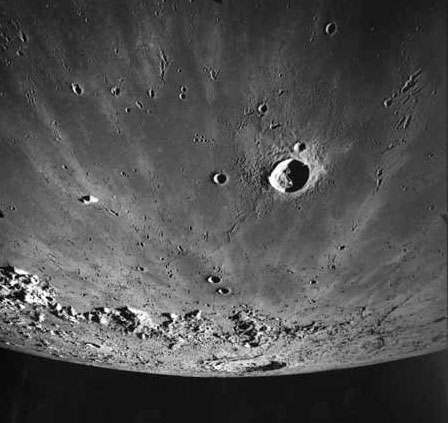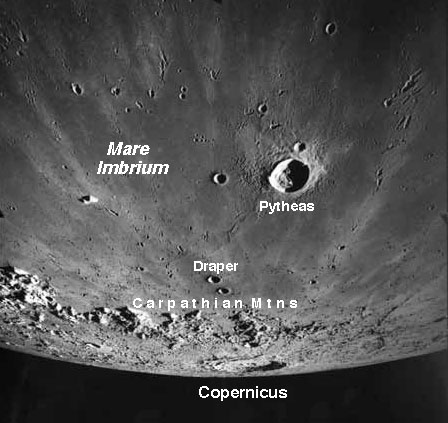Difference between revisions of "July 16, 2004"
| Line 37: | Line 37: | ||
<td><p align="center" class="main_titles"><b>Author & Editor:</b><br> | <td><p align="center" class="main_titles"><b>Author & Editor:</b><br> | ||
[mailto:tychocrater@yahoo.com Charles A. Wood]</p> | [mailto:tychocrater@yahoo.com Charles A. Wood]</p> | ||
| − | < | + | <!-- Cleanup of credits --> |
| − | + | <!-- Cleanup of credits --> | |
| − | < | + | <!-- Cleanup of credits --> |
| − | + | <!-- Cleanup of credits --> | |
| − | < | + | <!-- Cleanup of credits --> |
| − | + | <!-- Cleanup of credits --> | |
| + | <!-- Cleanup of credits --> | ||
</tr> | </tr> | ||
</table> | </table> | ||
| Line 51: | Line 52: | ||
===COMMENTS?=== | ===COMMENTS?=== | ||
Register, and click on the <b>Discussion</b> tab at the top of the page. | Register, and click on the <b>Discussion</b> tab at the top of the page. | ||
| + | <hr> | ||
| + | <!-- | ||
| + | You can support LPOD when you buy any book from Amazon thru [[Support_ LPOD|LPOD]]! | ||
| + | --> | ||
| + | <span style="font-size:88%"> | ||
| + | <center> | ||
| + | Contributions to http://www2.lpod.org/ are licensed under a Creative Commons Attribution No-Derivative-Works Non-Commercial 3.0 License. [http://www.creativecommons.org/licenses/by-nc-nd/3.0 http://www.wikispaces.com/i/creativecommons/by-nc-nd_3.0_80x15.png]<br> | ||
| + | </center> | ||
| + | </span> | ||
Revision as of 12:16, 1 February 2015
Raisin Pits
Image Credit: Apollo 17 Metric Camera Image M2444 |
|
Raisin Pits Rays and pits go hand in hand. The formation of crater rays was one of the totally misunderstood features on the Moon until Gene Shoemaker studied Meteor Crater in Arizona in the 1950s. He discovered that the impact event threw out streams of boulders and rocky blocks that gouged the surrounding surface and deposited material from beneath the crater onto the surface. He proposed exactly the same origin for lunar crater rays, an idea supported by his observation of small pits along Copernicus' rays crossing southern Mare Imbrium. This dramatic Apollo 17 view wonderfully displays both the bright rays and the secondary crater pits from Copernicus. The crater itself is obliquely viewed near the horizon about 400 km distant. Most of the elongated and overlapping small secondary craters are embedded in the light hued rays. But why are rays bright? In 1985, Carle Pieters (Brown University) and her colleagues showed that the bright ray material was highland rocks excavated by the impact of Copernicus. Highland materials are bright because they are made predominately of the light colored aluminum-rich mineral anorthosite. But, you should say, Copernicus impacted into the dark mare lavas of Mare Insularum. Yes, but the lavas are thin and they overly highland anorthosites! We are beginning to understand how the Moon works! Related Links: Tomorrow's LPOD: Our Moon |
Author & Editor: |
COMMENTS?
Register, and click on the Discussion tab at the top of the page.
Contributions to http://www2.lpod.org/ are licensed under a Creative Commons Attribution No-Derivative-Works Non-Commercial 3.0 License. 





